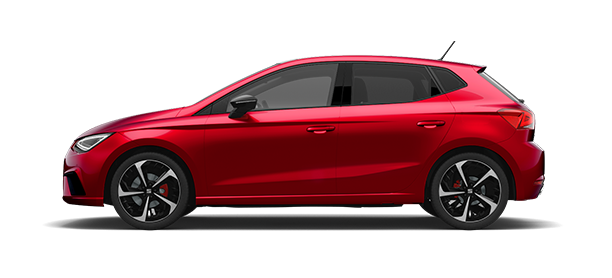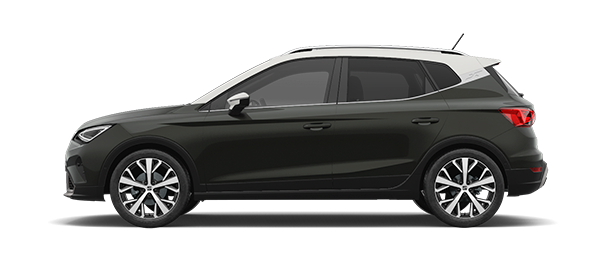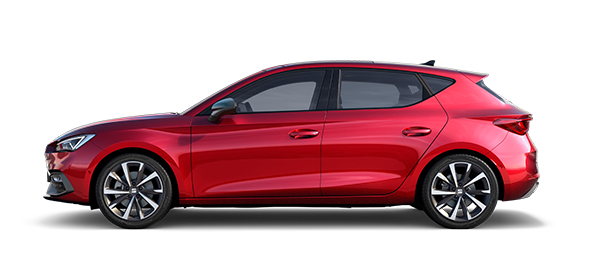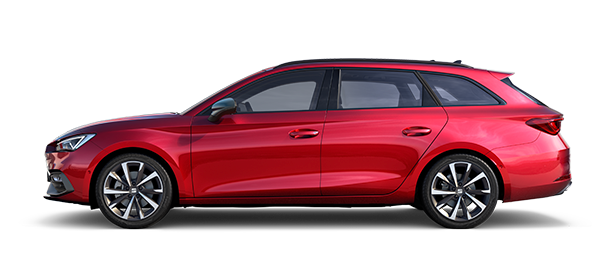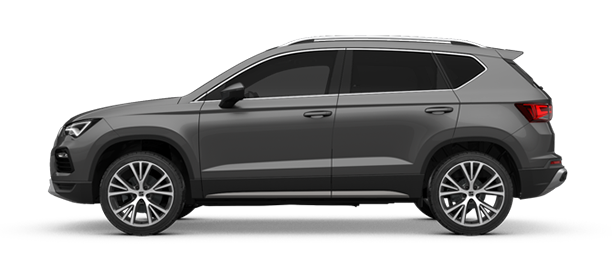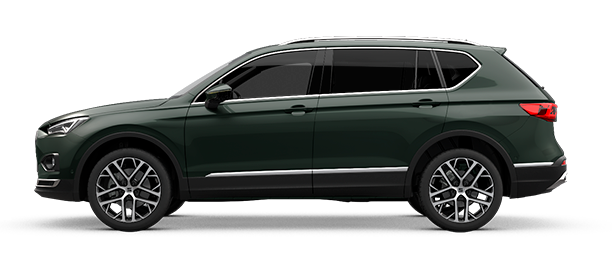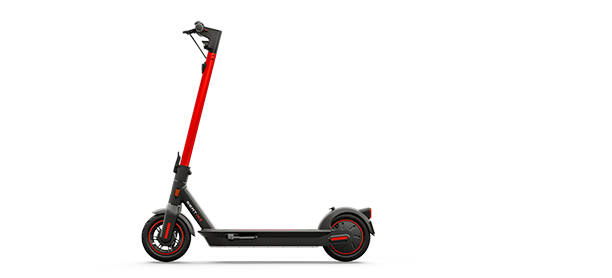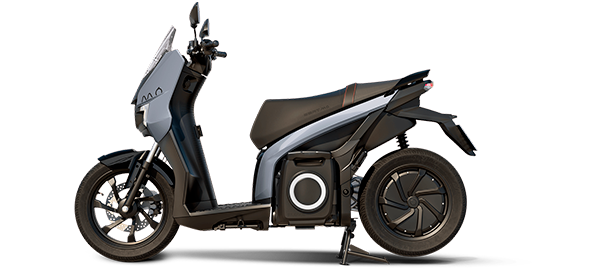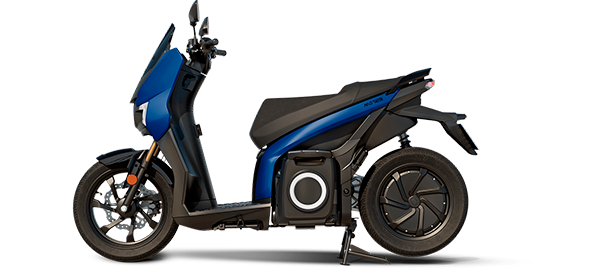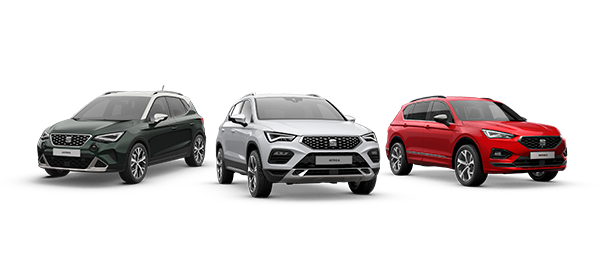As the Vice-president for Research and Development (R&D), his main task is to boost innovation and the transformation in his area to take on our future challenges.
“Our major goal is to think more globally and flexibly; we already have a skilled team which is engaged and eager to innovate”
Axel Andorff (Munich, Germany, 1973) has been SEAT’s Vice-president for R&D since last March. He has nearly 20 years of experience at Mercedes-Benz, where in recent years he was responsible for electric vehicle architecture. His arrival at SEAT comes at a time when the company is accelerating its developments in electrification. His mission is to focus on consolidating future projects which are already underway and continue boosting innovation as the pillar of transformation in order for SEAT and CUPRA to prepare for the future.
After more than six months at SEAT now, what are your impressions of the company?
The general atmosphere has been very inspiring since the beginning. I’ve received support from my team and all my R&D colleagues - they share every relevant aspect with me and I love how transparent they are; I truly could not do my work well without them. Furthermore, I take pride in the way the brand fits in with the Group, although this relationship was not always easy for SEAT. In recent years however, SEAT has proven to be a successful business and it is becoming a very important part of the Volkswagen Group.
Now your mission is to lead the company’s innovation projects, especially those related with connectivity and electrification. How do you plan to face these challenges?
By placing my trust in the team. The foundation of my work at SEAT is my team, made up of highly professional members, a quality that is firmly embedded in the DNA of SEAT and CUPRA as companies. We need the right products in order to guarantee our future success. The main point of my work at SEAT consists in managing the team, guiding them, providing them with everything they need and adding new members who bring a new mindset and external views. Ultimately, we have to interact very intensely to move forward in the right direction.
You’re in charge of a department where more than one thousand people work. How are you transforming it to tackle these future challenges?
In the first place, I believe that change lies in being curious, in looking for new things, seeking new solutions, etc. This is the backbone, the DNA, of R&D. Every self-respecting engineer is always looking for a new challenge or problem that can be solved with a technical solution. In this sense, we must be able to create an atmosphere within R&D that enables us to evolve so that people can have the opportunity to be more agile and truly collaborate. It’s essential to have a flexible mind. Nowadays we’re facing certain challenges, but perhaps tomorrow they will be completely different. This kind of flexibility is our major challenge.
How do you expect to help make SEAT a leading mobility services provider?
SEAT has enormous potential in the area of micromobility. And this is where SEAT carries the full weight of the Volkswagen Group on its shoulders. We must carefully think about how to integrate our products in future mobility services. At SEAT we know how to create high quality, advanced technological development, and are therefore in an excellent position to generate mobility services that greatly appeal to customers.
What do you imagine future mobility will be like?
It will definitely be very diverse. There will be multiple options and I also believe new trends will appear, some of which will prosper and others not. What’s important for us is that we find our way and remain flexible in order to adapt to new requirements and trends that may arise in the future.
How does R&D prepare for future launches to come?
I believe we are well prepared and interact very effectively with other departments so that silos are not created. There is always a cross-functional team developing the projects, and the entire team is working for the general interest of SEAT. On the other hand, there’s always room for improvement. We have to be eager to do more, to be more efficient, more effective and to be the best. This is the key to success for our future projects.
However, the time for launching a product is getting shorter all the time...
That’s the general trend in the automotive industry as well as in other rapidly evolving sectors, such as software, computers or consumer electronics. I believe we can learn a lot from them, but we must strike a balance among the areas where we can accelerate. Vehicle development and production takes time, but we are gaining speed in simulation methods and test procedures.
How does R&D contribute to the Strategy 2025, SEAT’s roadmap for upcoming years?
Of course, design is fundamental for SEAT and CUPRA. But furthermore, there are other key aspects for R&D, such as CNG, where SEAT plays an important role within the Volkswagen Group. We’re also involved in developing batteries, together with Wolfsburg, in coming up with new mobility services and in ensuring that our vehicles achieve the highest possible level of connectivity and satisfaction for users. Our major goal is to think more globally and flexibly; we already have a skilled team that is engaged, open-minded and eager to innovate, which is critical to our success.
Interview to Axel Andorff
SEAT Executive Vice-President for Research and Development
Published in mundoSEAT magazine nº 112 on October 1st, 2019





